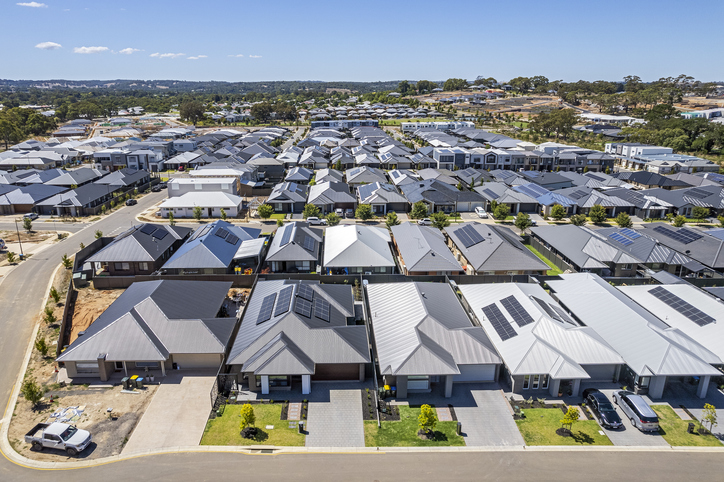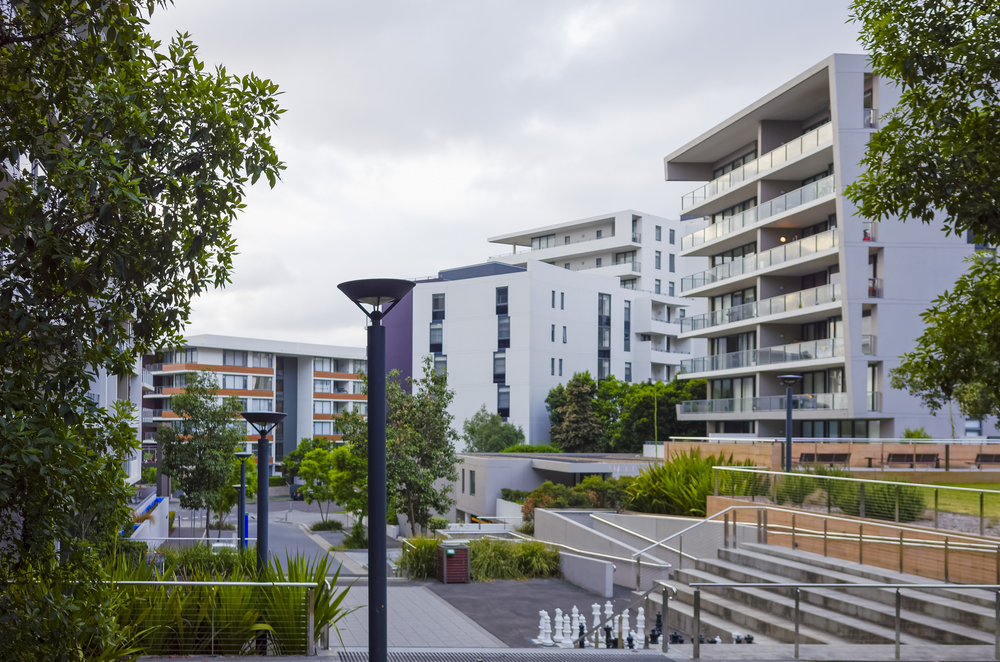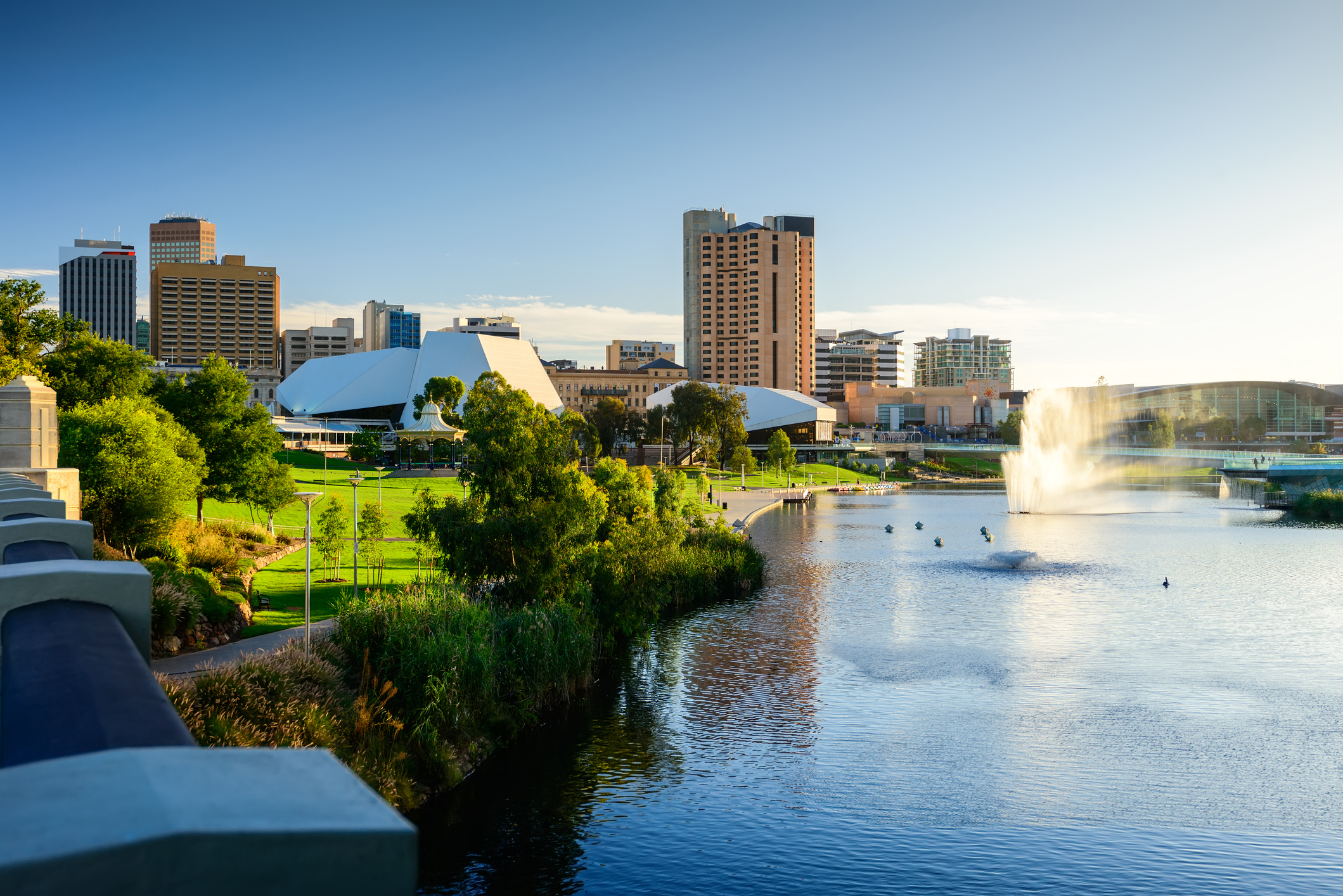RBA Governor explains the rate rises we had to have
Philip Lowe’s comments come amid property industry concerns about pressures on mortgage holders and rising rents
Leaders in Australia’s property industry are calling on the RBA to hit the pause button on further interest rate rises following yesterday’s announcement to raise the cash rate to 4.1 percent.
CEO of the REINSW, Tim McKibbin, said it was time to let the 12 interest rate rises since May last year take effect.
“The REINSW would like to see the RBA hit pause and allow the 12 rate rises to date work their way through the economy. Property prices have rebounded because of supply and demand. I think that will continue with the rate rise,” said Mr McKibbin.
The Real Estate Institute of Australia today released its Housing Affordability Report for the March 2023 quarter which showed that in NSW, the proportion of family income required to meet the average loan repayments has risen to 55 percent, up from 44.5 percent a year ago.
Chief economist at Ray White, Nerida Conisbee, said while this latest increase would probably not push Australia into a recession, it had major implications for the housing market and the needs of ordinary Australians.
“As more countries head into recession, at this point, it does look like the RBA’s “narrow path” will get us through while taming inflation,” she said.
“In the meantime however, it is creating a headache for renters, buyers and new housing supply that is going to take many years to resolve.
“And every interest rate rise is extending that pain.”
In a speech to guests at Morgan Stanley’s Australia Summit released today, Governor Philip Lowe addressed the RBA board’s ‘narrow path’ approach, navigating continued economic growth while pushing inflation from its current level of 6.8 percent down to a more acceptable level of 2 to 3 percent.
“It is still possible to navigate this path and our ambition is to do so,” Mr Lowe said. “But it is a narrow path and likely to be a bumpy one, with risks on both sides.”
However, he said the alternative is persistent high inflation, which would do the national economy more damage in the longer term.
“If inflation stays high for too long, it will become ingrained in people’s expectations and high inflation will then be self-perpetuating,” he said. “As the historical experiences shows, the inevitable result of this would be even higher interest rates and, at some point, a larger increase in unemployment to get rid of the ingrained inflation.
“The Board’s priority is to do what it can to avoid this.”
While acknowledging that another rate rise would adversely affect many households, Mr Lowe said it was unavoidable if inflation was to be tamed.
“It is certainly true that if the Board had not lifted interest rates as it has done, some households would have avoided, for a short period, the financial pressures that come with higher mortgage rates,” he said.
“But this short-term gain would have been at a much higher medium-term cost. If we had not tightened monetary policy, the cost of living would be higher for longer. This would hurt all Australians and the functioning of our economy and would ultimately require even higher interest rates to bring inflation back down.
“So, as difficult as it is, the rise in interest rates is necessary to bring inflation back to target in a reasonable timeframe.”
This stylish family home combines a classic palette and finishes with a flexible floorplan
Just 55 minutes from Sydney, make this your creative getaway located in the majestic Hawkesbury region.
A Sydney site with a questionable past is reborn as a luxe residential environment ideal for indulging in dining out
Long-term Sydney residents always had handful of not-so-glamourous nicknames for the building on the corner of Cleveland and Baptist Streets straddling Redfern and Surry Hills, but after a modern rebirth that’s all changed.
Once known as “Murder Mall” or “Methadone Mall”, the 1960s-built Surry Hills Shopping Centre was a magnet for colourful characters and questionable behaviour. Today, however, a $500 million facelift of the site — alongside a slow and steady gentrification of the two neighbouring suburbs — the prime corner property has been transformed into a luxury apartment complex Surry Hills Village by developer Toga Group.
The crowning feature of the 122-apartment project is the three-bedroom penthouse, fully completed and just released to market with a $7.5 million price guide.
Measuring 211sqm of internal space, with a 136sqm terrace complete with landscaping, the penthouse is the brand new brainchild of Surry Hills local Adam Haddow, director of architecture at award-winning firm SJB.
Victoria Judge, senior associate and co-interior design lead at SJB says Surry Hills Village sets a new residential benchmark for the southern end of Surry Hills.
“The residential offering is well-appointed, confident, luxe and bohemian. Smart enough to know what makes good living, and cool enough to hold its own amongst design-centric Surry Hills.”
Allan Vidor, managing director of Toga Group, adds that the penthouse is the quintessential jewel in the crown of Surry Hills Village.
“Bringing together a distinct design that draws on the beauty and vibrancy of Sydney; grand spaces and the finest finishes across a significant footprint, located only a stone’s throw away from the exciting cultural hub of Crown St and Surry Hills.”
Created to maximise views of the city skyline and parkland, the top floor apartment has a practical layout including a wide private lobby leading to the main living room, a sleek kitchen featuring Pietra Verde marble and a concealed butler’s pantry Sub-Zero Wolf appliances, full-height Aspen elm joinery panels hiding storage throughout, flamed Saville stone flooring, a powder room, and two car spaces with a personal EV.
All three bedrooms have large wardrobes and ensuites with bathrooms fittings such as freestanding baths, artisan penny tiles, emerald marble surfaces and brushed-nickel accents.
Additional features of the entertainer’s home include leather-bound joinery doors opening to a full wet bar with Sub-Zero wine fridge and Sub-Zero Wolf barbecue.
The Surry Hills Village precinct will open in stages until autumn next year and once complete, Wunderlich Lane will be home to a collection of 25 restaurants and bars plus wellness and boutique retail. The EVE Hotel Sydney will open later in 2024, offering guests an immersive experience in the precinct’s art, culture, and culinary offerings.
The Surry Hills Village penthouse on Baptist is now finished and ready to move into with marketing through Toga Group and inquiries to 1800 554 556.
This stylish family home combines a classic palette and finishes with a flexible floorplan
Just 55 minutes from Sydney, make this your creative getaway located in the majestic Hawkesbury region.
























